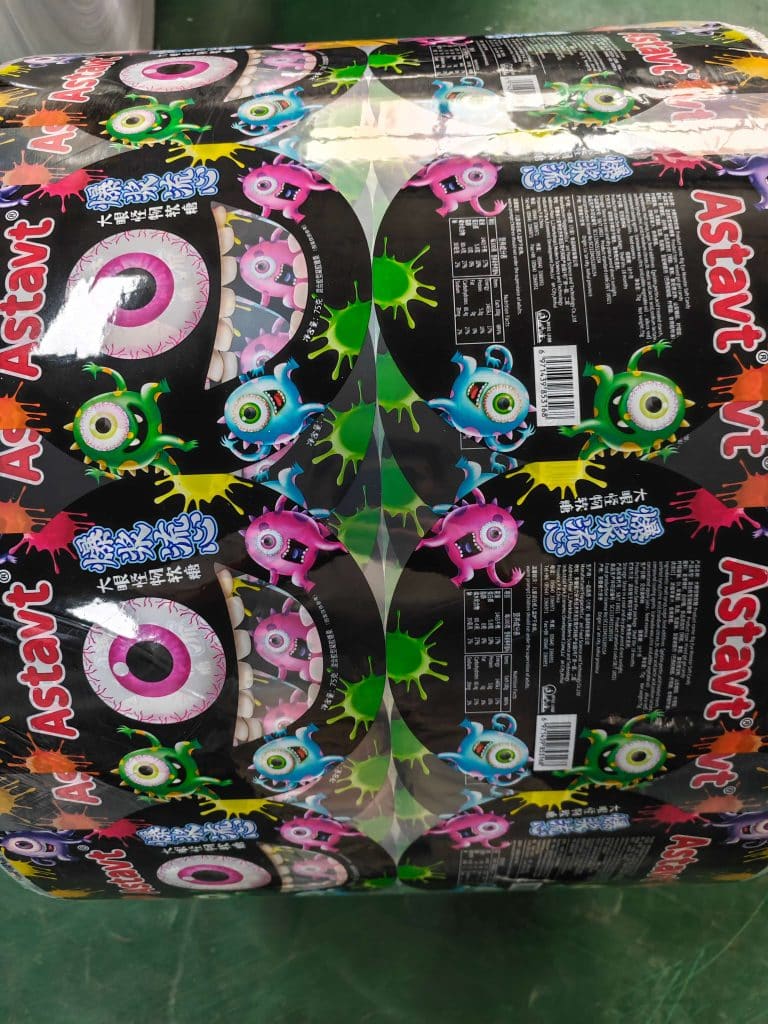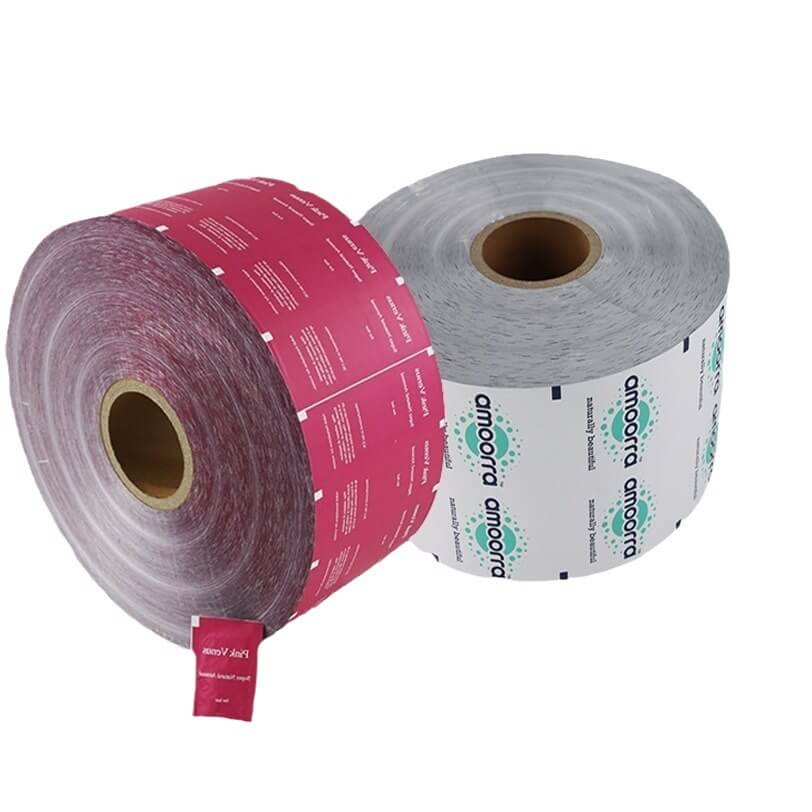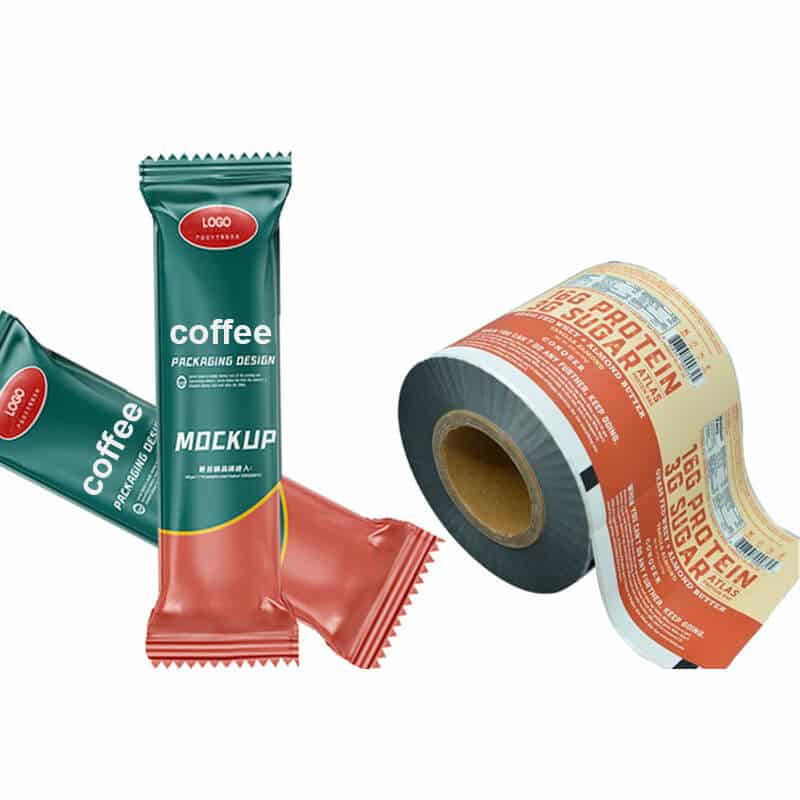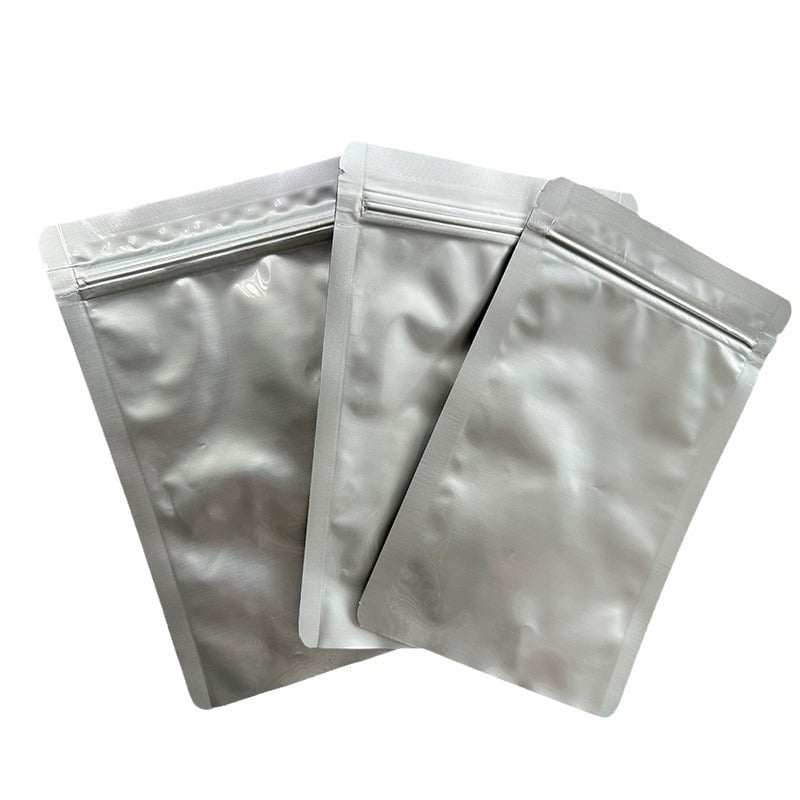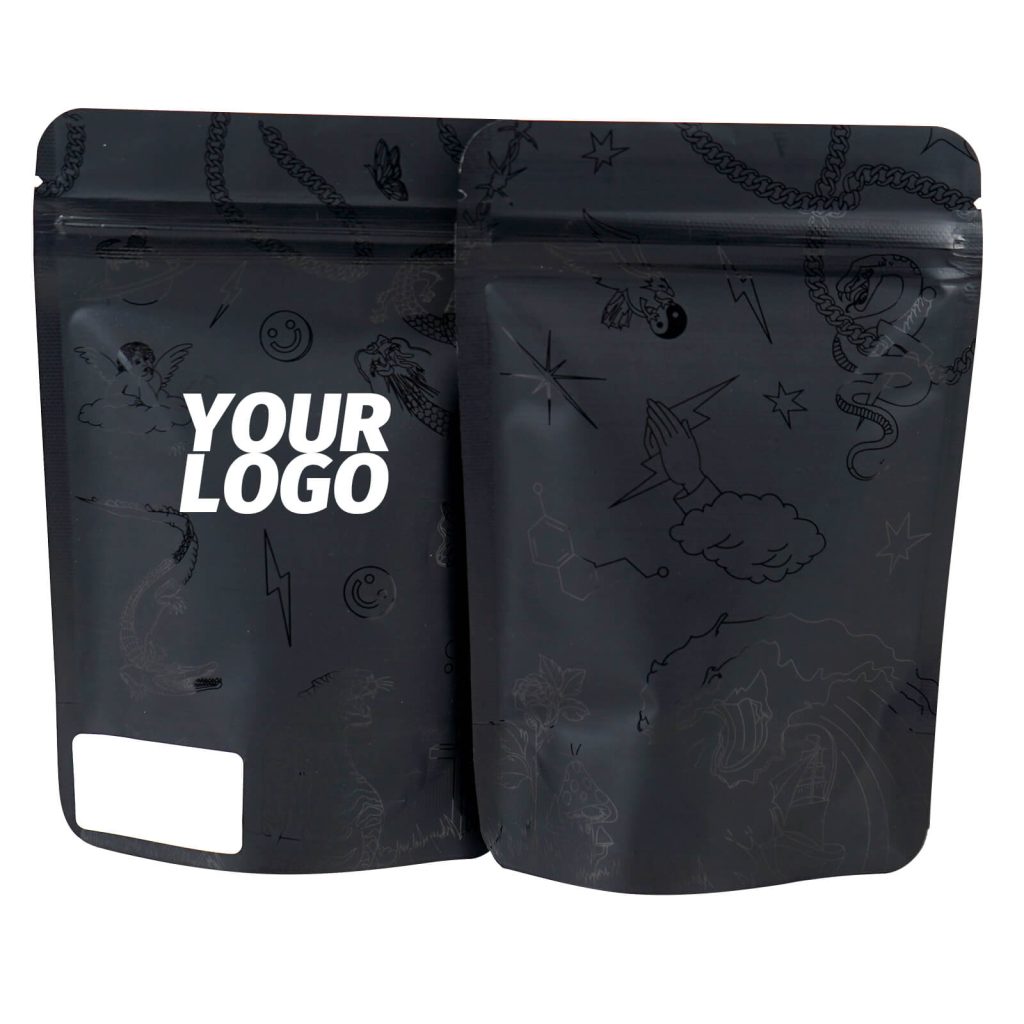How to light up your product? In fact, it is to make the outer packaging eye-catching. Whether you are a bean baker, a coffee shop owner or a coffee bean trader, when your sales reach a certain amount, you will want to abandon the mediocre general-purpose packaging bags and customize them to meet your brand positioning. The outer packaging of the product is a problem that you must consider.
Why Coffee Packaging Matters
Coffee packaging is an important component of brand image It can showcase the company’s brand, environmental practices, or unique flavor characteristics If designed properly, it can attract consumers and attract them to the brand A good coffee label should also tell a story about coffee beans It should be descriptive and stimulating to consumers, and contain information about the source, processing, and flavor profile.
Coffee packaging is a bag or cardboard box used to keep coffee beans fresh. There are many environmental forces attempting to turn fresh, high-quality beans into mediocrity. Light, oxygen, and moisture are all out of place with freshly roasted coffee. Coffee bean packaging helps keep coffee beans fresh for a longer time, allowing your customers to experience your products in the way you want them to.
As a coffee brand, it is crucial to make your product stand out and attract consumer emotions Coffee packaging bags can establish this emotional connection by showcasing the product in the best way or guiding them on how to prepare and enjoy the product This is especially important if you want to win over the first time coffee drinker.
One way to make your coffee packaging more sustainable is to recycle it By recycling your coffee packaging, you will reduce your carbon footprint and contribute to the environment The carbon footprint of coffee packaging is approximately 3% of the total carbon footprint of filtered coffee production On the other hand, breaking your coffee packaging means the entire coffee chain is wasted – from planting to processing to shipping overseas Not only does it waste valuable raw materials, but it also undermines the enjoyment of coffee flavor and aroma.
Coffee packaging also plays a crucial role in maintaining the freshness of coffee Proper packaging ensures that flavors do not escape, as contact with oxygen, light, and the air of coffee can affect storage and shelf life For this reason, most coffee companies choose bags equipped with one-way exhaust valves This allows carbon dioxide to escape from the bag and preserve the flavor for a longer period of time.
Classified by Function
If distinguished by functionality, coffee bags can be divided into the following ways
Flexible unsealed packaging for coffee bags
This is an economical form of packaging. Generally, local small bakeries are chosen as they can ensure fast supply. Coffee beans can be consumed in a timely manner. The coffee beans packaged in this coffee bag can only be stored for a short period of time.
Air tightness
After filling the coffee, vacuum and seal it. Due to the formation of carbon dioxide during the roasting process, this type of coffee bag packaging can only be packaged after the coffee has been stored for a period of time and degassed, resulting in a storage distance of several days. Coffee beans last longer than ground coffee. Because there is no need to separate it from air during storage, the cost is low. The coffee packaged in this coffee bag should be used up within 10 weeks.
Packaging of one-way exhaust valve
The roasted coffee is placed in a special one-way exhaust valve. This exhaust valve allows gas to go out, but it cannot come in. There is no need to store it separately, but due to the bleeding process, the fragrance will be lost a bit. It avoids the components of the rotten taste, but it cannot stop the loss of aroma.
Pressurized packaging
This is a more expensive method, but it can keep the coffee for two years. After baking for a few minutes, the coffee can be vacuum packaged into coffee bags. After introducing some inert gas, maintain appropriate pressure inside the packaging. Coffee beans are stored under pressure, allowing the aroma to flow on the fat, thereby improving the flavor of the beverage.
Classified by Shape
There are quite a few coffee bag designs out there, each with its own unique set of benefits. Here are the main types of coffee packaging and how they work.
Flat Bottom Bag
Flat bottom coffee packaging bags are the most common type of coffee packaging. This coffee bag design typically has a simple sealed top that consumers can easily open or cut open. The bottom of the bag is flat, and it can stand independently, making it very suitable for retail display. They usually come with simple zipper locks or tin ties, and this style of coffee packaging also allows consumers to easily pick up cups and enjoy coffee.
Quad Seal Bag
Visually, it looks very similar to a flat bottomed bag, with a square sealed bag with a horizontal bottom that can be displayed upright. Generally speaking, a four sided sealed bag is more expensive than a flat bottom bag. The four sealed bags are usually closed with tin tape or tape. But this design differs in some important aspects. The quadrilateral sealing bag has a unique side seal, making its side flat rather than circular. For many people, this bag looks more high-end than a flat bottom bag, and the price also matches it. It can also be called a middle seal bag or a side bag.
Self Stand Up Pouches
When you go shopping at the supermarket, you may find that many of the products on the shelves use this type of packaging bag. The application of independent packaging is very extensive, especially in the field of food. The characteristic of this bag is that the top is flat, the bottom is elliptical, and the sides are tightly sealed. The top of the bag is sealed with a zipper seal. Our factory has multiple options for zippers, including regular zippers or easy to tear zippers. Compared to other types of coffee packaging, they are easier to stand and close, and the price is relatively affordable.
Pillow Bags
These are the most affordable of the coffee bag designs. Pillow bags are small bags sealed at the top and bottom. They lay flat, and are most often used in foodservice applications like corporate offices or restaurants. Pillow bags are usually packaged together in a bag-in-bag package, which is a commonly used foodservice packaging to combine multiple, smaller pillow bags for bulk service.
Material Consider When Choosing Packaging for Coffee
You can learn about different material options according to your earning needs.
Mylar Bag
The packaging material it chooses is mainly paper, cellophane or paper, and hydrochloric acid rubber film. The advantage of this packaging material is to isolate coffee products from oxygen and prevent coffee from oxidizing in the air. In addition, there are polyester, aluminum foil, polyethylene, polyester, polyvinylidene chloride, polyethylene, polypropylene, polyvinylidene chloride, polyethylene and nylon, polyvinylidene, polyethylene and other structural materials, They are not only suitable for vacuum packaging of coffee, but also for inflatable packaging of other products.
Boxed Coffee
The lining bag material of its inner packaging is mainly made of polyester, aluminum foil, and polyethylene composite materials. The inner layer of polyethylene is a heat-sealing layer. High-density polyethylene should be used instead of low-density polyethylene. Although low-density polyethylene is heat-sealed The sealing performance is good, but it will react with the coffee oil and cause the deterioration of the coffee.
Metal or Glass cans
They are usually paired with vinyl plastic caps, and after consumers open and drink, they should close the cap tightly to prevent the coffee from being exposed to air, oxidation or moisture.
Instant coffee
Its packaging is generally made of paper, aluminum foil, and polyethylene packaging materials for soft packaging of coffee, which can also achieve a good effect of moisture-proof agent and oxygen barrier.
Things to consider when choosing coffee packaging
After determining your coffee bag type, it’s time to start considering the details of the coffee bag.
One-way exhaust valve
Due to the release of carbon dioxide by the roasted coffee beans themselves, if a one-way exhaust valve is not installed, the quality of the coffee will be affected. Failure to discharge it in a timely manner can also cause bag swelling, and in severe cases, even bag explosion. The one-way exhaust valve cannot allow oxygen to enter the inner bag, while excess gas can be discharged through it. The coffee bag with a degassing valve provides an escape for carbon dioxide while preventing oxygen from entering.
Gas flushing
Oxygen is the enemy of fresh coffee. Washing coffee packaging with inert gas (such as nitrogen) can replace most of the oxygen in the packaging, creating a basic oxygen free environment that maintains freshness for a longer time and preserves your flavor.
Top sealing
Tape sealing
There are many ways to reseal coffee bags. The simplest and cheapest option is tape sealing. The tape seal is a sticky strip, somewhat like a sturdy packaging tape. It is designed to lock and release multiple times, preventing the resealed bag from opening after curling and closing.
Tin tie
This is flexible, cheap, and easy to bend. Keep the top flap sealed after the bag is opened.
zipper
Zippers are divided into regular zippers and side zippers. Zippers are a more expensive but compact way of opening and closing compared to tin ties, and can be easily repeated. Helps preserve the flavor of your coffee.
Hot air blower
Sealing the coffee bag by heating is also a simple operation method. Simply press the power switch, heat it up, and put it directly into the packaging bag. Seal the opening, and the bag must be equipped with a zipper.
Environmental sustainability
Used coffee packaging will be preserved for many generations in landfills. If your target audience is ecologically conscious individuals, coffee bags made of biodegradable materials will quickly decompose, making them an environmentally friendly packaging choice.
Label
Many coffee connoisseurs want to know detailed information about their drinks, including the name of the coffee origin, farm or micro batch, and expected tasting records. Coffee labels are an ideal medium for displaying these important information. Carefully designed coffee labels can attract consumers’ attention and serve as valuable marketing materials.

